Over the past year, Digital Services Intern Emily Ransone and I have undertaken a grant-funded project to document the entirety of the Ifland Collection here at The Mariners’ Museum and Park. The project was made possible in part by the Institute of Museum and Library Services (IMLS). The Ifland Collection contains about 275 instruments ranging from circa 1650 to the 21st century.
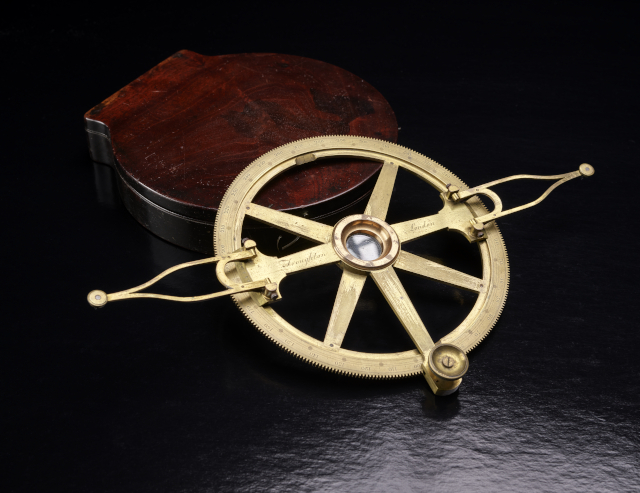
Peter’s collection includes all the primary instruments for taking the sights: quadrants, backstaff, octants, sextants, quintants, reflecting circles, and artificial horizons. Additionally, the collection contains tools for surveying, drawing, telling time, globes, and a few artworks and decorative items. Combined with the rest of the Museum’s scientific and navigational instruments, our total comes to an impressive 1,240 pieces.
Dr. Paul W. “Peter” Ifland
In 1995, Willem Morzer Bruyns, senior curator of navigation at Amsterdam’s National Maritime Museum of the Netherlands, introduced Dr. Ifland to The Mariners’ Museum and Park. Ifland, who passed away in 2014, was a private collector whose extensive collection Morzer Bruyns felt was “equal to the standard of any large maritime museum in the world.”
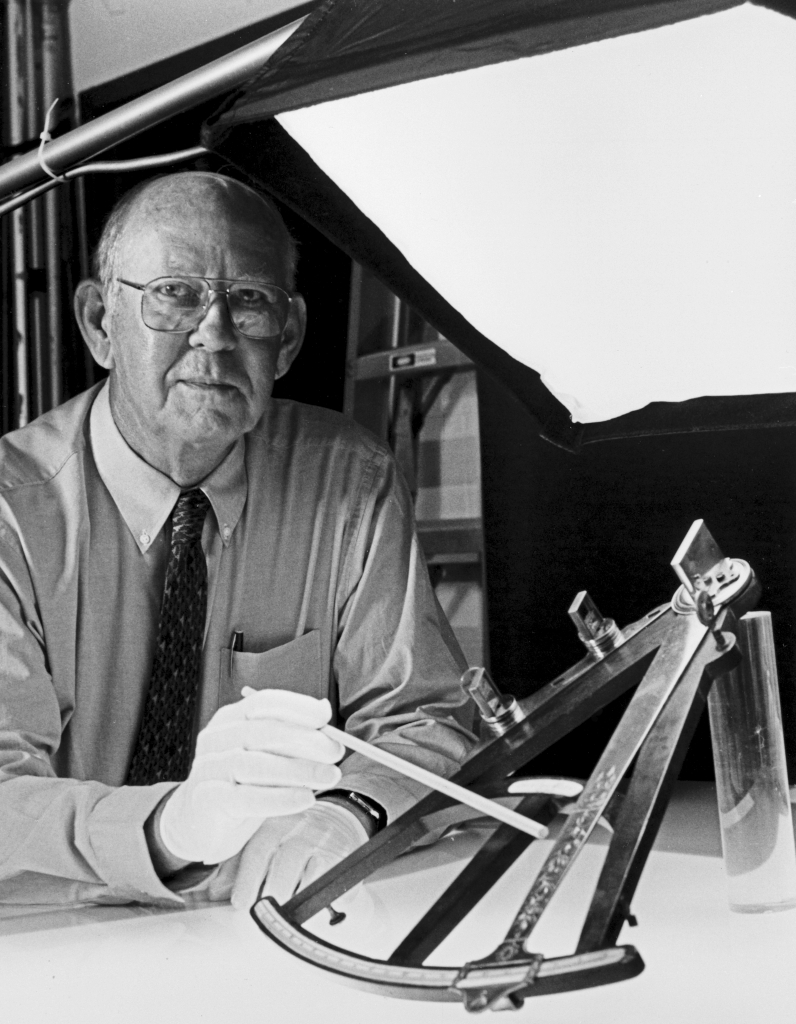
The Mariners’ teamed up with Ifland to produce his award-winning book Taking the Stars, Celestial Navigation from the Argonauts to the Astronauts. Following the book’s publication in 1998, Ifland donated 169 instruments to the Museum. For the next 20 years, more donations and supported acquisitions followed, including Ifland’s library.
Not only is the Ifland Collection extremely useful to the Mariners’ team for exhibits and programs, but it is also a valued resource for other institutions. In the past 20 years, instruments from the collection traveled to the Library of Congress, the National Museum of Natural History, the National Clock and Watch Museum, the Folger Shakespeare Library, and Thomas Jefferson’s Monticello.
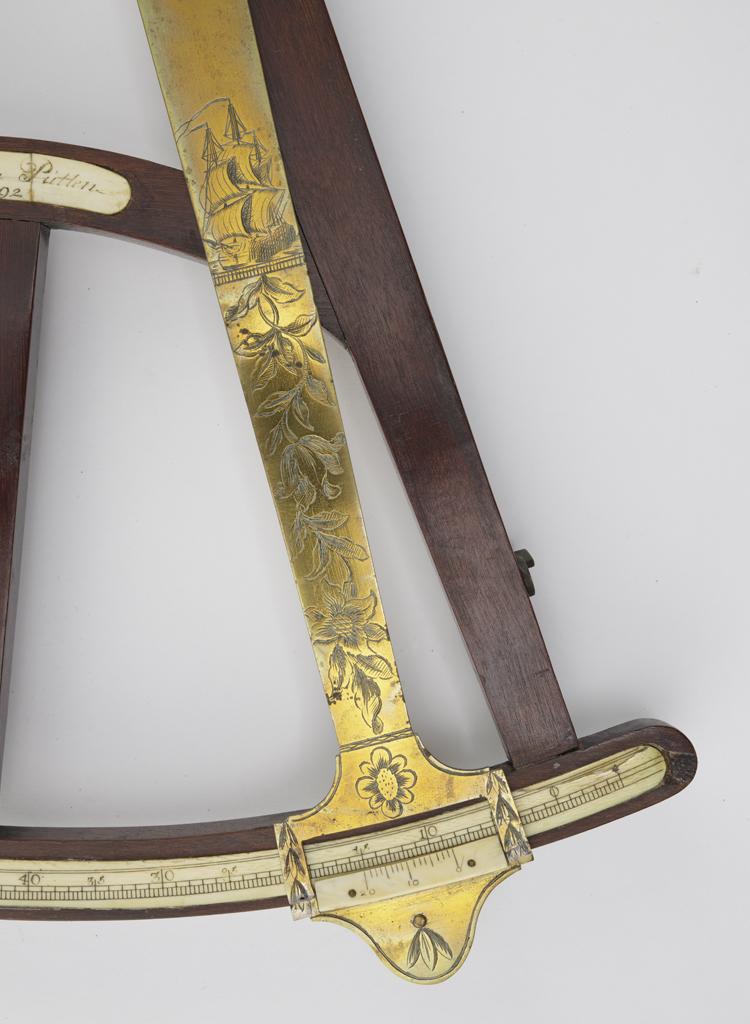
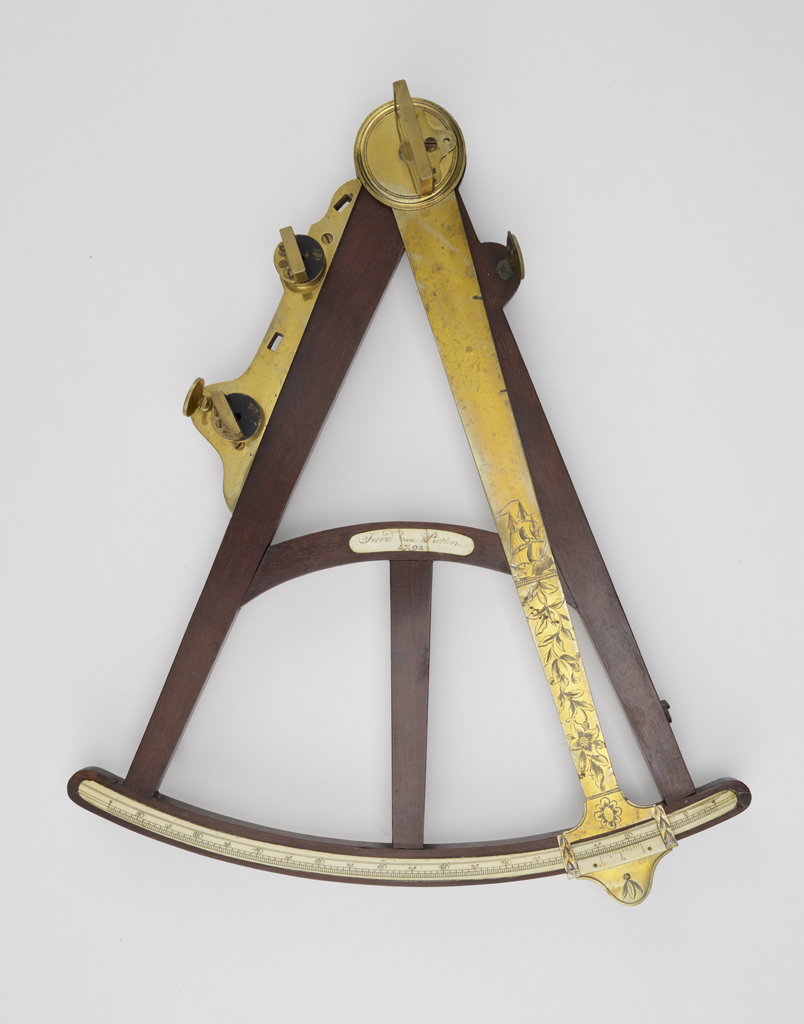
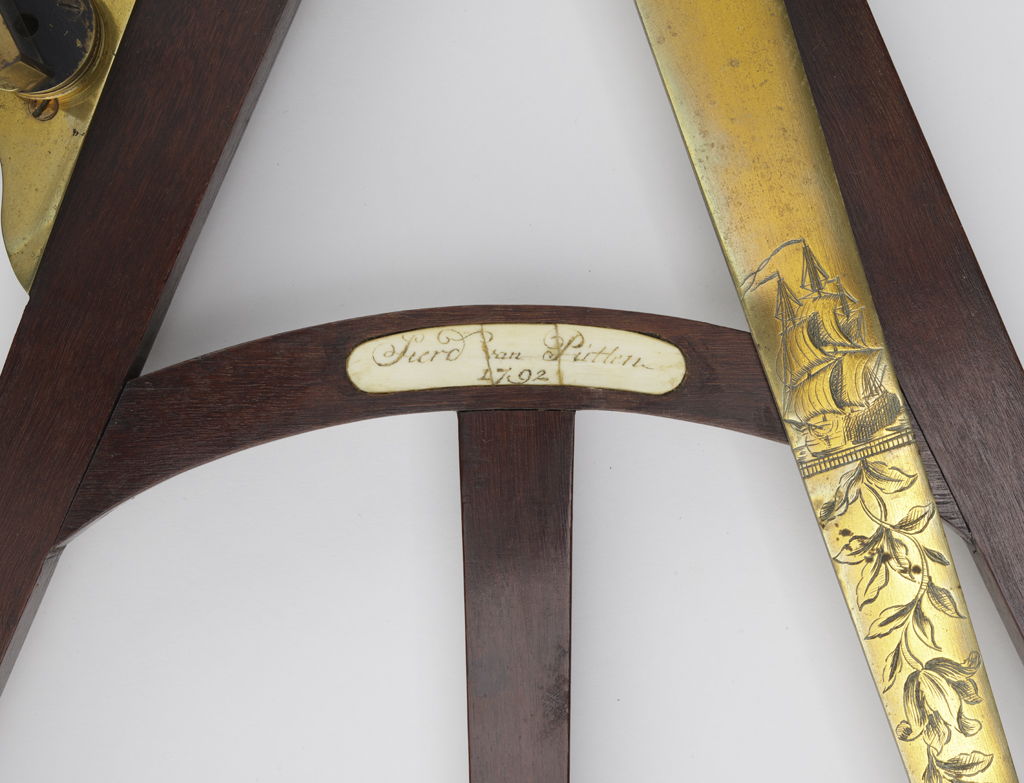
Twenty-two Years Later
Although large portions of the Ifland Collection received photography for publication in Taking the Stars, acquisitions continued for years. And while the photographs in the book are beautiful, they were shot on film, a technology now significantly outpaced by the capability of digital imaging. So, with some instruments having old photos and some never having had their closeup, it was time to capture the entire collection with the latest technology.
The Institute of Museum and Library Services is the primary source of federal support for the nation’s libraries and museums. We applied for and were awarded the IMLS American Rescue Plan grant in 2021. The goal was to use state-of-the-art imaging equipment to document each instrument in the Peter Ifland Collection.
With money from the grant, we purchased a Phase One IQ4 150-megapixel medium format digital back. If you’re unfamiliar with cameras, I can sum it up like this: it is a beast of a camera. Your standard consumer DSLR camera probably sits around 20-25 megapixels in resolution.
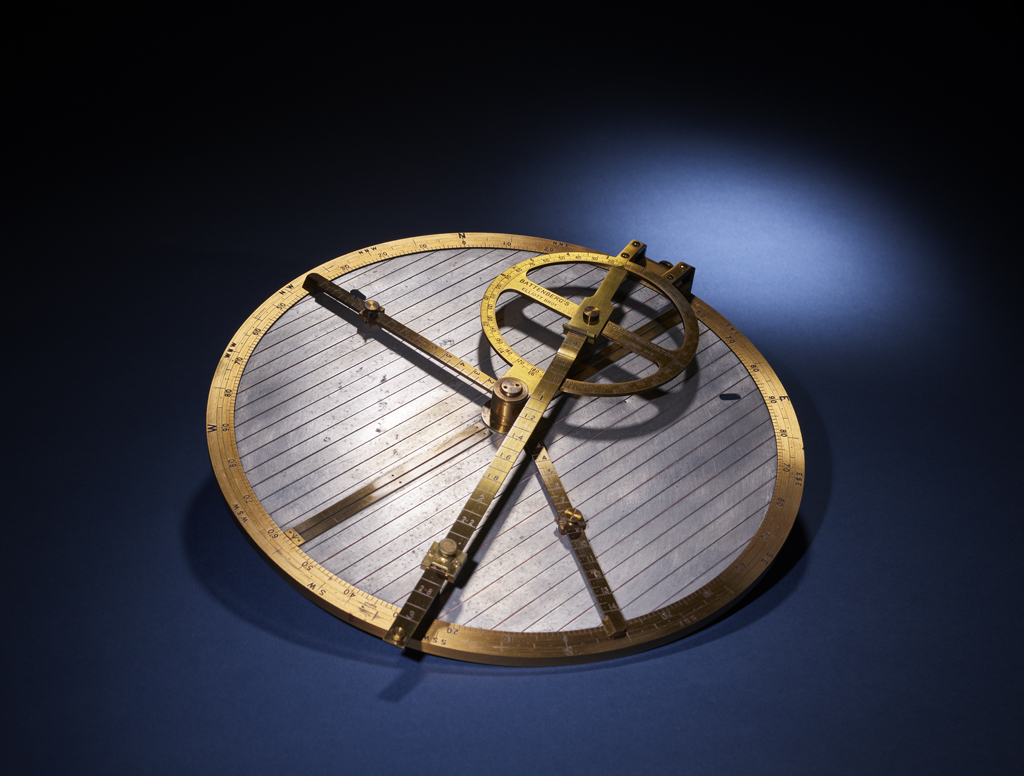
I feel compelled, as a photographer, to mention that megapixel count isn’t everything when it comes to quality photos. But when you’re doing cultural heritage photography, it’s essential. More detail in your images means that a researcher can zoom in and see fine details they might not even see in person.
The Work
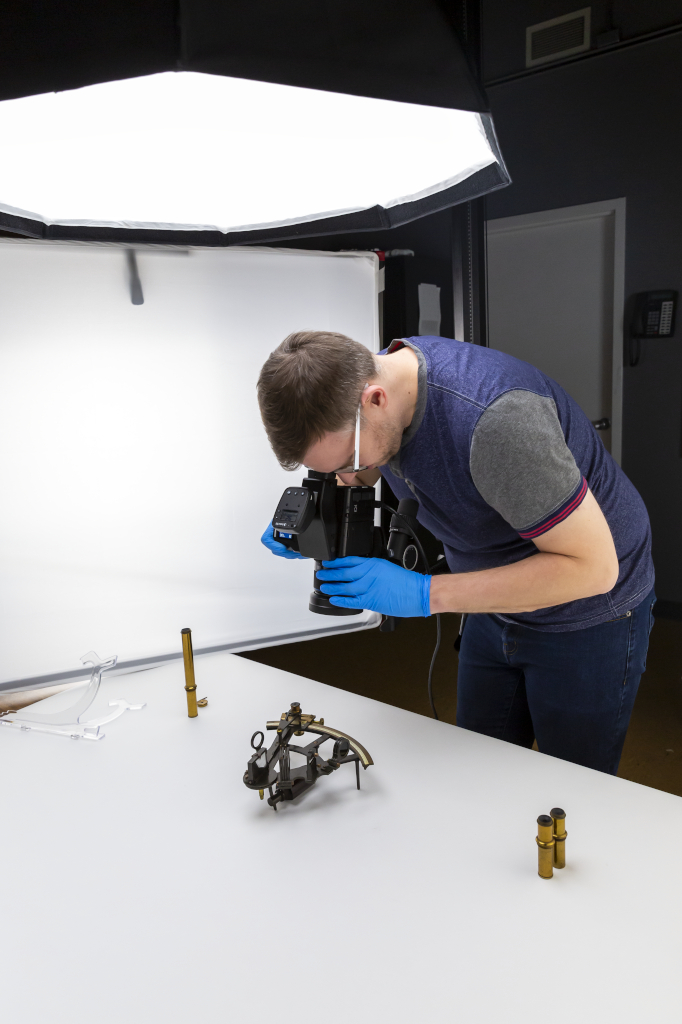
I set forth to do the work with my new, super-powerful camera. I first had a couple of practice sessions to determine how I wanted the images to look. My main goal for this project wasn’t for the photos to necessarily be uniquely beautiful in their own right. Typically, when photographing objects from our Collection, I’m trying to capture them accurately. But I also strive to include a creative or dramatic bent, often depending on lighting to achieve my desired result.
For the Ifland Collection, first and foremost, the goal was to document the objects. The glamour shots could come later, as time permitted. So I wanted even lighting across the surface, no harsh shadows, and a clean background. I quickly settled on a lighting setup that would work for many different, almost always shiny, materials. But I realized there was a lot I didn’t know about the instruments themselves. That’s where Jeanne comes in.
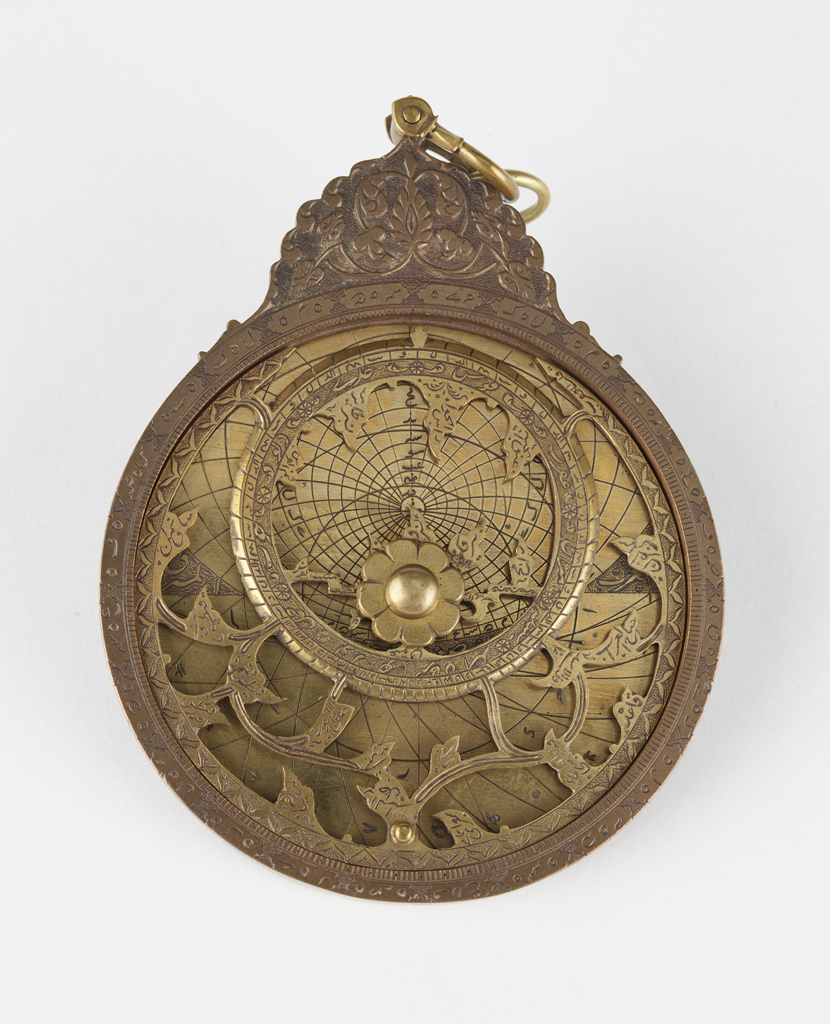
Enlisting Assistance
Jeanne Willoz-Egnor is the curator of maritime history and culture and director of the Ifland Center for Exploration here at the Museum. We met to discuss the collection and the various communities interested in these items. The question: How do we best serve their needs?
It turns out there are common ways to see navigational instruments photographed. I had no idea! Jeanne graciously agreed to write an instruction sheet for me with suggested images for each item. For example, always including a front-on shot, always having the various shades fanned out, and always having any accessories mounted.
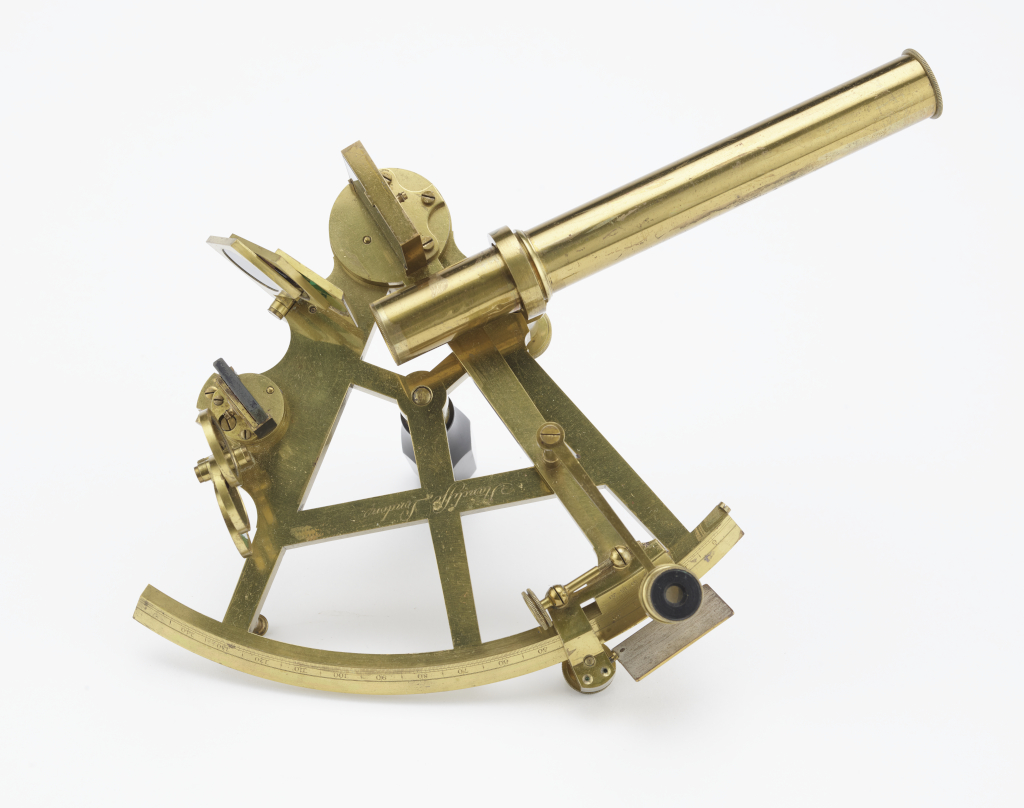
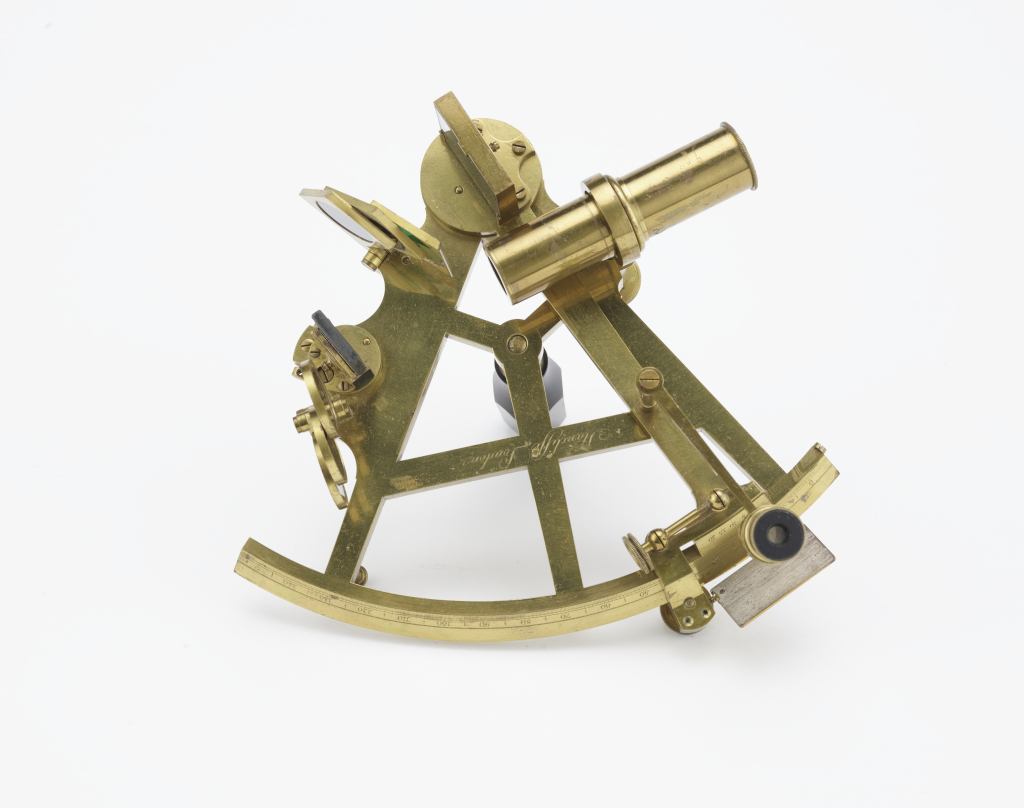
With a new direction and a copy of Taking the Stars, it was time to begin the project in earnest. Two hundred seventy-five objects over a year may not seem like a lot on paper. But, combined with my other duties and given that each object got between five and twelve or more images, it became clear that it was a mountain of a project.
I am fortunate that we have a robust volunteer and intern program at the Museum led by Beth Heaton. We quickly identified and recruited Emily Ransone to the cause. Emily is a talented and enthusiastic photographer who was, at the start of the project, in her final year of college. She stepped in, learned quickly, and produced fantastic work. With her assistance, we were able to complete the project ahead of schedule and go back for some of those glamour shots I mentioned earlier.
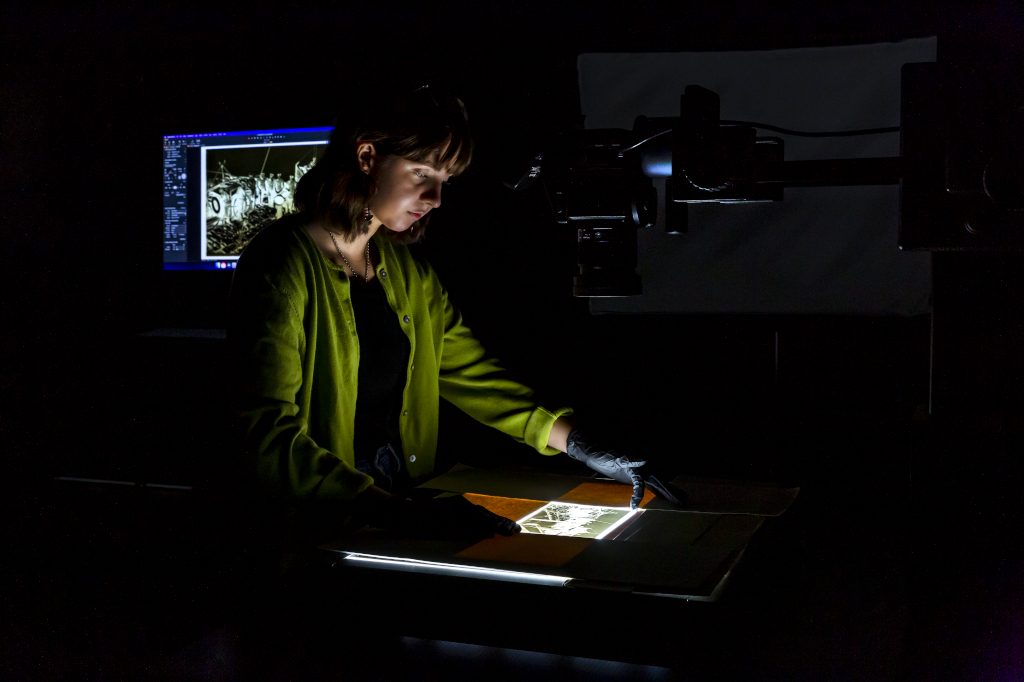
The Impact
Including previously digitized images, we now have more than 1,300 photographs documenting this vital collection. These images have been attached to our catalog records and uploaded to our digital asset management system, where they are keyworded and organized to be easily accessible.
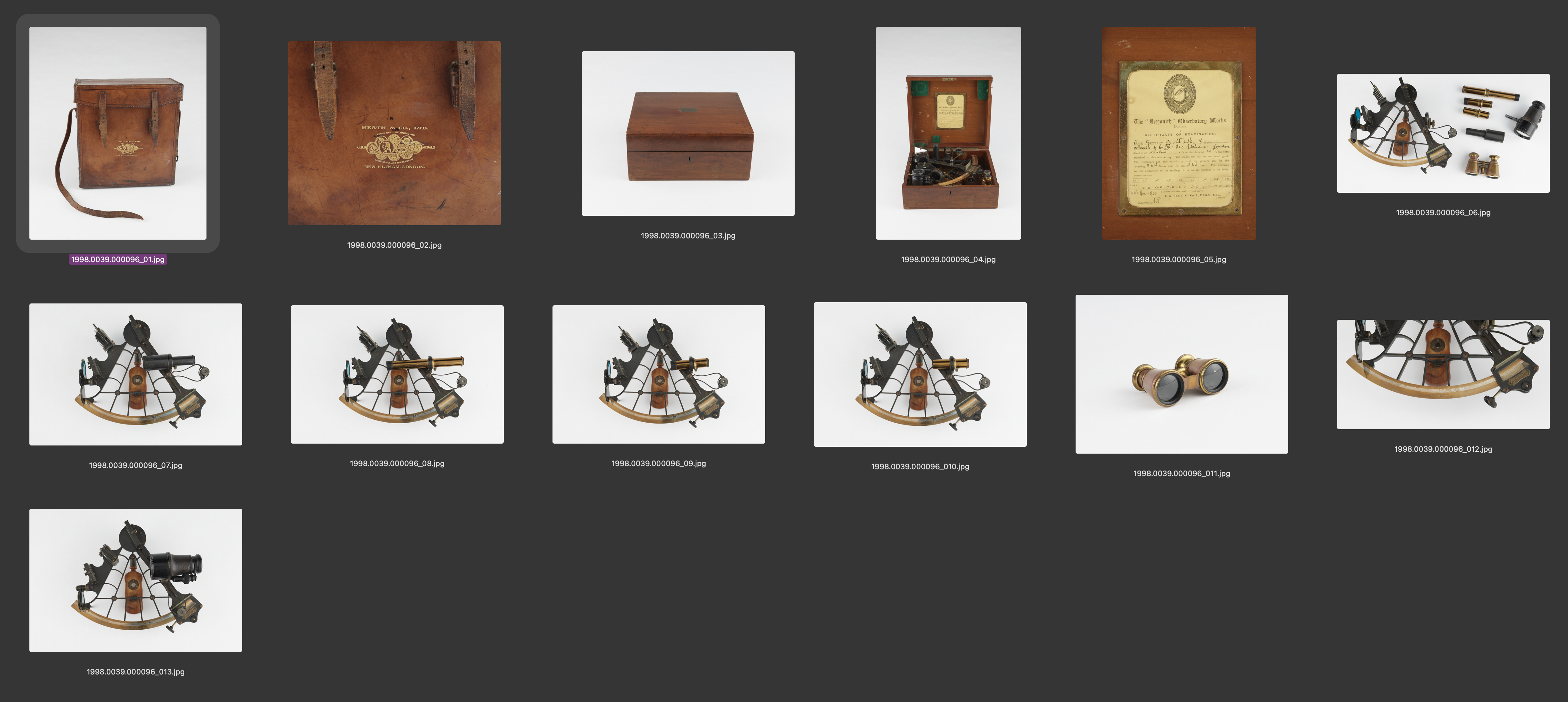
This project represents one of the most extensive single efforts to make more of the objects in our Collection available digitally. We are constantly working on digitizing works on paper, paintings, and photographs but photos of 3D objects happen less frequently and take more time to photograph correctly. Nevertheless, photographs documenting our objects collection are every bit as necessary.
Digital photographs of our Collection serve a few purposes. First, they allow us to increase access to our artifacts on a global scale. Let’s say that a researcher from France has an interest in navigational instruments. Now that they’re available digitally, the researcher wouldn’t need to travel here to study them. They could have high-resolution copies for their examination in moments.
Secondly, photographing our Collection is vital to its conservation, helping us track an object’s condition and providing digital, rather than physical, access to our items. This decrease in direct handling mitigates risk and reduces wear and tear.
What’s Next?
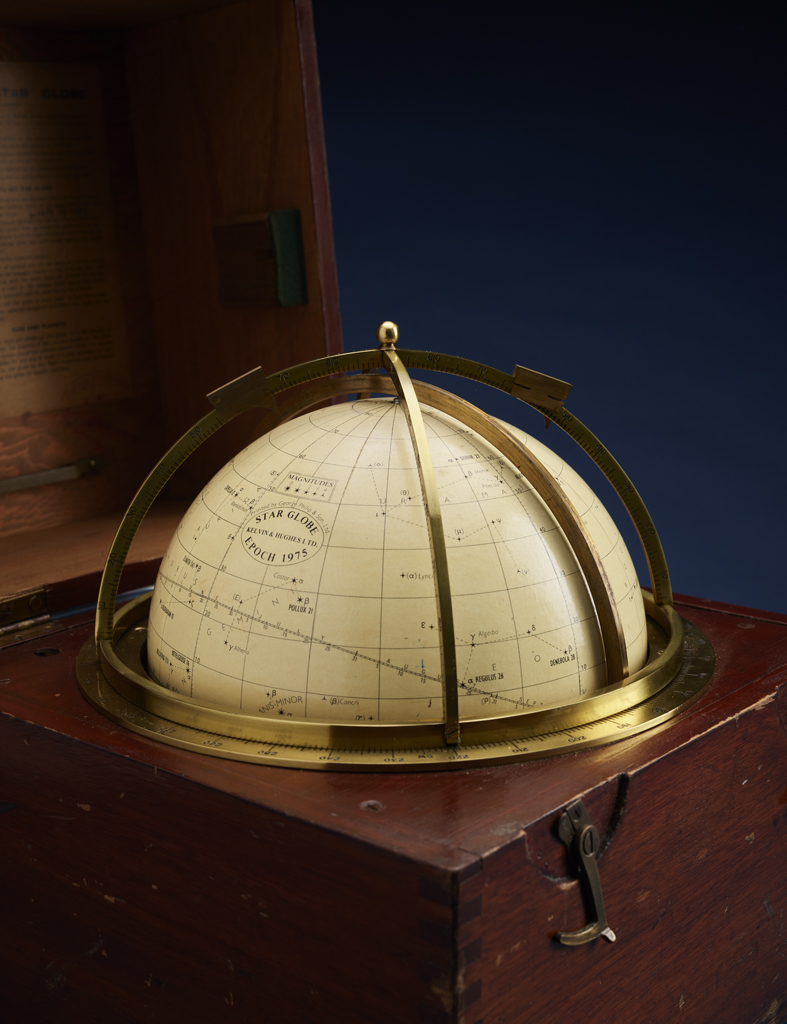
Now that this IMLS grant project is concluding, we are excited to get the word out that these images are available. We have some ideas on how to accomplish this but for now, if you are interested, check out the resources below to learn a little more!
Copies of Peter’s book Taking the Stars can be found on Amazon but be forewarned that it now carries a hefty price tag.
Click here to learn more about the Peter Ifland Collection! To learn more about the Institute of Museum and Library Services, click here.